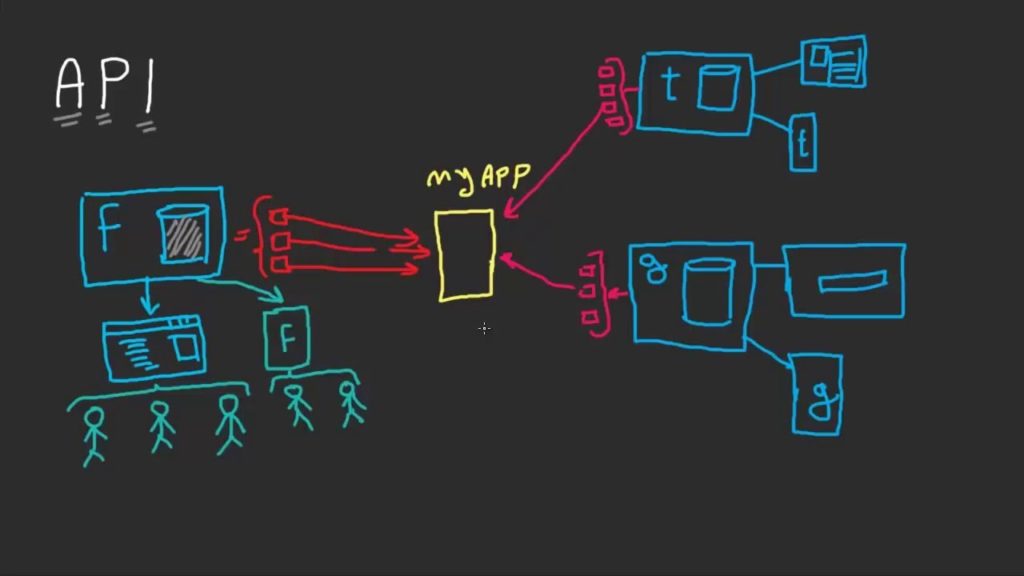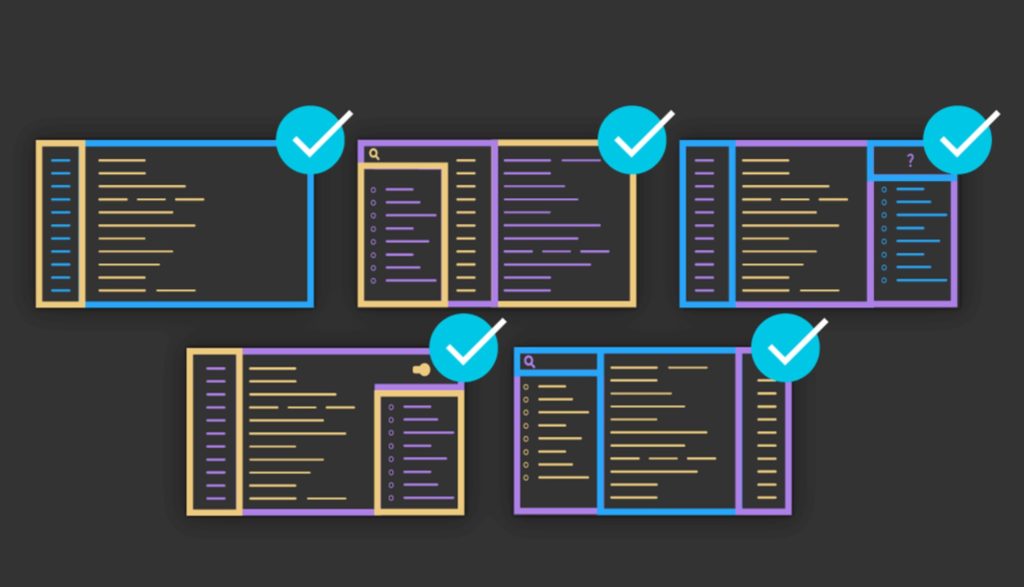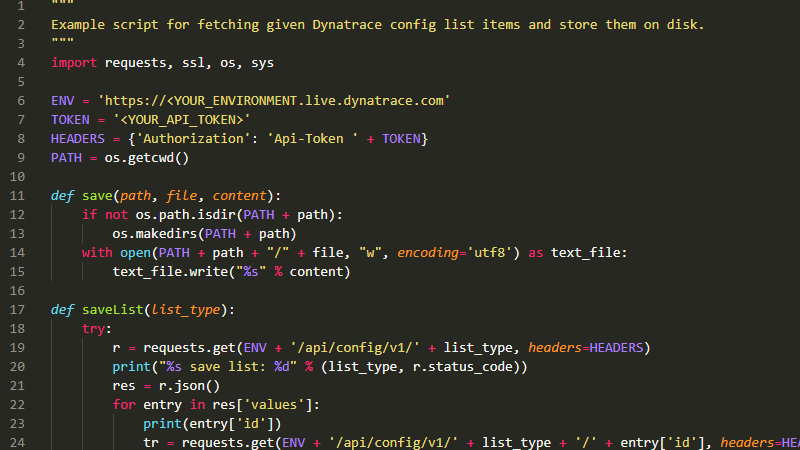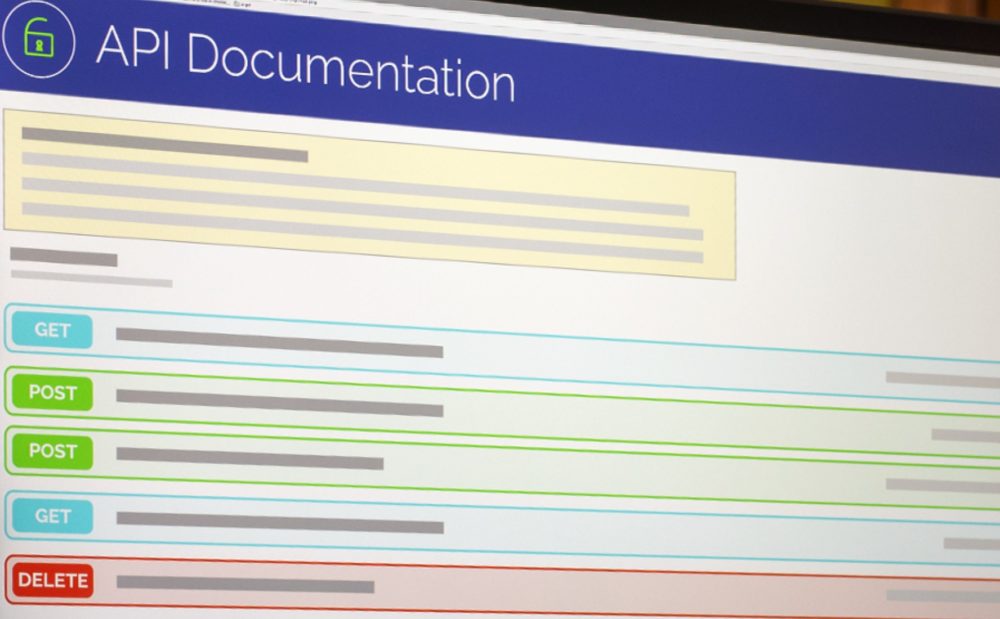When a consumer buys a new gadget, appliance, or software package, the user manual is essential in finding out what that device or software does. The same logic can be applied to an application programming interface or an API via its API documentation. The “docs” serve as reference guides for compiling essential information, tutorials, and sample code to illustrate how the API works.
API docs are often the first thing developers look at when they decide whether or not to adopt a given product. It gives credence to the saying that an API is only ever as good as its documentation. If it doesn’t come with reliable docs, the API may never see the light of day. And that’s why API designers now invest extra in this part of the development process. One way to do so is to implement hosted API documentation from API experts like Stoplight. Using open-source solutions like API documentation tool suites givers designers the edge in releasing beautiful, functional documentation.
Nowadays, there are four common types of API documentation: marketing materials, reference guides, in-depth topical guides, and sample “recipes” of code that can be copied-and-pasted. Each of these documentation approaches constitutes something different, and each may be of more value to one stakeholder than another. This feature will walk you through the four documentation types and their respective pros and cons. If you’re part of an API team, this should help you narrow down the best kind of docs to have. That, in turn, will help you go with a format that best communicates your API’s value to would-be customers.

API Marketing Materials
Marketing materials can be thought of as the “dummy’s guide” to the API. They consist of content pieces, brochures, illustrations, and the like, and they are often a collaboration between commissioned copywriters, graphic artists, and web designers. When one reads marketing materials for the API, they don’t expect anything too technical—just enough to grant surface-level knowledge of the product.
The Pros of API Marketing Materials: If they’re written in simple language and come with clear illustrations, marketing materials can be extremely useful in getting non-tech people to understand the API. The demographic of people using this type of doc can include developers, product managers from the client companies, and even the end-users. They can come away with at least a working idea of what the product is meant to do.
The Cons of API Marketing Materials: The downside to marketing materials is that they can only ever give a surface-level introduction to the API. If you’re showing the docs to people who are more well-versed on API development, they might demand something more detailed in addition to the materials. That is when you should opt for a more substantial format of API documentation.
Reference Guides on the API
API reference guides are a type of documentation meant to cover all the basics of the API. These can help the mission of the API design team, universal topics, the API’s endpoints and parameters, a list of updates, and some frequently asked questions. This is the form of documentation that relates the most to a typical user manual for a product.
The Pros of API Reference Guides: This is a straightforward means to document the API. It can be written and laid out just like a user guide for any other product. The sight may be comforting to a developer, and they’ll form the impression that the design team is thorough, meticulous, and trustworthy about their work.
The Cons of API Reference Guides: Though the reference guide seems like a foolproof method of documenting the API, it can also be thought of as too “vanilla” or unremarkable. Given how creative other API design teams can get about their docs, end-users of the product may want documentation that’s more exciting.

In-Depth Topical Guides on the API
Similar in nature to the reference guides, in-depth topical guides cover specialized aspects of the API. The latter demands advanced knowledge of the API and typically covers high-level problem solving administrative issues on the API, and the like.
The Pros of In-Depth Topical Guides for the API: Having in-depth topical guides can be very reassuring to the API’s target market, as they know that all bases of the API are covered. The longer and more comprehensive the list of topical guides is, the more valuable the API may seem to the consumer.
The Cons of In-Depth Topical Guides for the API: Perhaps the biggest problem of having only in-depth topical guides as your API documentation is that there’s a chance for information overload. The thoroughness of the guides may mean nothing if users find them dense to the point of being incomprehensible.
Copy-and-Paste Recipes of API Code
In today’s API development sphere, this type of documentation is proving to be the most popular. Using hosted API documentation tools, developers can copy-paste and test samples of the API’s code in a controlled testing environment. They’ll see for themselves how the API’s code can perform for their desired tasks.
The Pros of Copy-Pastable API Code: This form of documentation is the most hands-on among the four. It allows developers to play around with code, tinker with it, and customize it for their purposes. The ability to work with “recipes” of code and turn those into successful API calls may be a top-selling point for the API.
The Cons of Copy-Pastable API Code: The most foreseeable concern of recipe-based API testing and documentation is that it may lead developers to fixate on how one or two recipes work. It’s important to direct them towards the “bigger picture” of the API and not just a few blocks of working code. And the API docs-as-code will only truly work if the code samples are relevant to the end-users purposes. Tailoring the system to real-life situations and context is the key.

How to Choose the Right Kind of API Documentation
Ultimately, you’re not limited to just one type of API documentation. You can mix and match different types of docs, or you can invest in a platform that enables a combination of these.
Regardless of how you choose to document your APIs, always keep your end-users in mind. Give them info, instructions, and concrete examples to sell them the idea of purchasing your API. Once they get to know the product through what the API documentation shows them, they’re likely to adopt your product. Until then, don’t forget to put extra effort into choosing, formatting, and publishing your API’s docs.





